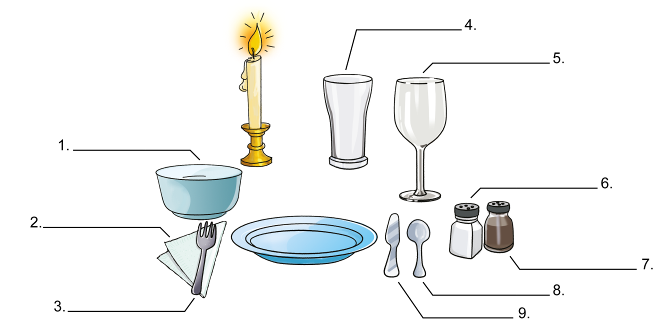Will an asteroid ever strike the Earth? We see science fiction movies with suspenseful plots involving
asteroids coming directly toward the Earth. But the catastrophe is avoided, perhaps by deflecting the
asteroid with a nuclear-tipped missile, making for sighs of relief and a happy ending. However, asteroids
are not science fiction, and there is evidence that they have struck the Earth in the past. In fact, a popular
theory relates the extinction of dinosaurs to an asteroid collision some 65 million years ago. Will future
collisions occur? Although it is remote, the possibility does exist.
We now even have a scale by which damage may be gauged in the event of an impact by an asteroid or
comet—the Torino scale. It is sometimes referred to as the "Richter scale for asteroids." (The Richter
scale is used to describe the severity of earthquakes.)
The Torino scale was intended to serve as a communication tool for astronomers and the general public to
assess the seriousness of close encounters or hits by asteroids and comets. An initial version of the scale
was developed in 1995 by Professor Richard P. Bizel of the Massachusetts Institute of Technology
(M.I.T.). A revised version was presented at a 1999 international conference on Near-Earth Objects, or
NEOs (Sun-orbiting asteroids and comets) held in Torino, Italy. This revised version was officially
accepted by the conference, hence the name Torino scale.
The Torino scale uses numbers and colors to express the estimated risk and damage of an asteroid or
comet colliding with the Earth; the estimates are based on the NEO's collision probability1 and kinetic2
energy. A rating of 0 or 1 indicates a low probability of collision. A rating of 10 shows a high probability
of collision, with global catastrophic effects. The vast majority of asteroids and comets fall in the 0
category, which (like a low number on the earthquake Richter scale) helps moderate the public's reaction
to an asteroid report. In 1998, a false alarm of a possible asteroid encounter received considerable media
coverage, raising public concern. With more observations and path calculations, the asteroid was given a
0 rating on the Torino scale, so there was no need for concern.
When a new asteroid or comet is discovered, the predictions of the object's path months or years in the
future are not too precise. Measurements of the object's orbit must be made over time for calculations that
allow for greater certainty in predictions. Fortunately for us, the calculations for the vast majority of
asteroids and comets show that there will not be a close approach to the Earth, so a Torino scale
designation of category 0 is assigned. What a relief!
In what year was a false alarm of a possible asteroid encounter reported?
a. 1996
b. 1997
c. 1998
d. 1999
c
You might also like to view...
Le ciel est couvert.
Fill in the blank(s) with the appropriate word(s).
La mesa. Escribe la palabra en español para seis de las cosas que se ven en el dibujo. Usa el artículo definido con la palabra.

What is Andrew Pole's role at Target?
a. to investigate credit card fraud b. to protect credit and debit card information c. to collect and analyze consumer data
When you use visualization to learn a process or procedure, it is most important to
a. write down what you visualize. b. create a mental image before you read the material. c. make your mental image as specific and detailed as possible. d. memorize the textbook illustration after you read the material.